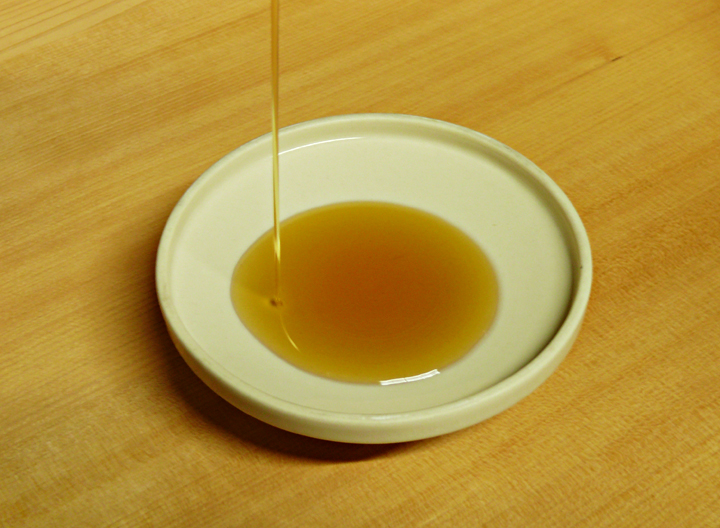Last Updated on August 4, 2015
Oil pulling is a practice many people in the “West” have adopted from Ayurvedic Medicine, the sister science of yoga. Aside from reported benefits to teeth and gums, it is said to help asthma, diabetes, upper respiratory problems and helps clear the skin.
Dr. Jonathan Levine is a dentist who says it can’t hurt as long as you can commit to the 20 minutes a day.
“What I really like about oil pulling is that people are now focused on their mouth because there’s this whole connection between oral health and overall health. If you are going to spend 20 minutes on oil pulling, you can spend the two minutes on brushing and also flossing. Your mouth is going to be healthy and we know that inflammation in the mouth is a precursor to inflammation in the body,” Levine says. [1]Oil pulling may improve health by the mouthful
People claim it whitens their teeth. Others say their cavities heal, along with the healing of gingivitis (bleeding gums), and even abscesses.
“Our patients are just very impressed with the results they’re seeing. I’m impressed with the results we’re seeing orally, in terms of hygiene and reduced bacteria and improved health in the gums,” said Dr. Ted Reese, an Indianapolis dentist.
Reese also practices oil pulling. He said patients who do so have reduced plaque. Some have also reported acne clearing, fewer asthma and sinus problems and improvements in heart and stomach conditions. [2]TheIndyChannel: Oil pulling results in better dental health…
As popularity of oil pulling increases, so does the prevalence of studies investigating its benefits. Many come up with positive results and conclusions.
One of the reasons oil pulling may be starting to gain mainstream media attention is because there have been some studies conducted recently that have at least validated some of the dental health claims.
A study published in 2012 in the Society for General Microbiology, titled “Coconut oil could combat tooth decay,” reports that “digested coconut oil is able to attack the bacteria that cause tooth decay.” The study used enzymes to simulate a “digestive” state of coconut oil, but swishing the coconut oil around in your mouth with the natural enzymes in your saliva could easily provide the same benefit.
In a study published in 2011 in the Journal of the Indian Society of Pedodontics & Preventive Dentistry, titled “Effect of oil pulling on halitosis and microorganisms causing halitosis: a randomized controlled pilot trial,” researchers found that oil pulling reduced plaque and bad breath associated with mouth bacteria.
In 2009 a study published in the Indian Journal of Dental Research reported that, “oil pulling therapy showed a reduction in the plaque index, modified gingival scores, and total colony count of aerobic microorganisms in the plaque of adolescents with plaque-induced gingivitis.” Abstract here.
Which oil to use for oil pulling?
First you’ll need some high quality oil. Traditionally (in Ayurveda) sesseme oil was used. These days (at least in the “West”) virgin coconut oil is a popular choice. Coconut oil has inherent antibacterial properties that many people report improves the effects of oil pulling.
In the USA and UK I find Amazon.com (or .co.uk) has the best price for my favorite coconut oil. If you are in the USA or UK, here is a high quality coconut oil I recommend:
How to do oil pulling
Use about 1 tablespoon of oil. Unless your room is quite hot, the oil will be in a solid or semisolid state. In which case let it melt in the mouth.
Swish the oil around your teeth for at least 15 to 20 minutes. Do this at least once a day; twice a day if you have pronounced dental problems.
The oil will eventually become very thin from saliva mixing into it.
When complete, spit the oil into the toilet, somewhere on the garden, into your compost, or any other suitable location. It is best not to spit it into your basin as the oil may clog the drain over time.
Related articles around the web
Footnotes & References








Recent Comments